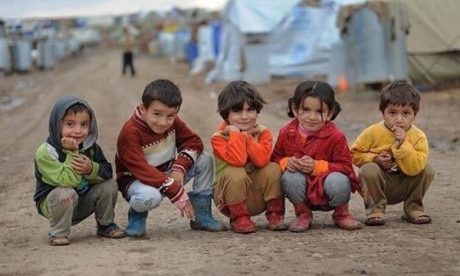Wasil awoke to the sound of a knife ripping through nylon. Although he was only twelve years old, he was living alone in a small tent at a refugee camp in Calais, France, known as the Jungle. Men entered his tent; he couldn’t tell how many.
A pair of hands gripped his throat. He shouted. It was raining, and the clatter of the drops muffled his cries, so he shouted louder. At last, people from neighboring tents came running, and the assailants disappeared.
Wasil had left his mother and younger siblings in Kunduz, Afghanistan, ten months earlier, in December, 2015. His father, an interpreter for NATO forces, had fled the country after receiving death threats from the Taliban.
Later, Wasil, as the eldest son, became the Taliban’s surrogate target. Wasil was close to his mother, but she decided to send him away as the situation became increasingly dangerous. Her brother lived in England, and she hoped that Wasil could join him there.
To get to Calais, Wasil had travelled almost four thousand miles, across much of Asia and Europe, by himself. Along the way, he had survived for ten days in a forest with only two bottles of water, two biscuits, and a packet of dates to sustain him.
Before leaving home, he hadn’t even known how to prepare a meal.
Wasil was stunned by the conditions of the Jungle. The camp, a forty-acre assemblage of tents, situated on a vast windswept sandlot that had formerly served as a landfill, didn’t seem fit for human habitation.
“I did not come here for luxury,” Wasil told me, in excellent English, which he had learned from his father. “But I can’t believe this is happening in Europe.”
A chemical plant loomed nearby. There was no running water, and when it rained the refugees’ tents filled with mud and the camp’s rudimentary roads became impassable. Continue reading
Sources
- Article by Lauren Collins in The New Yorker
- Image: My Catbird Seat
